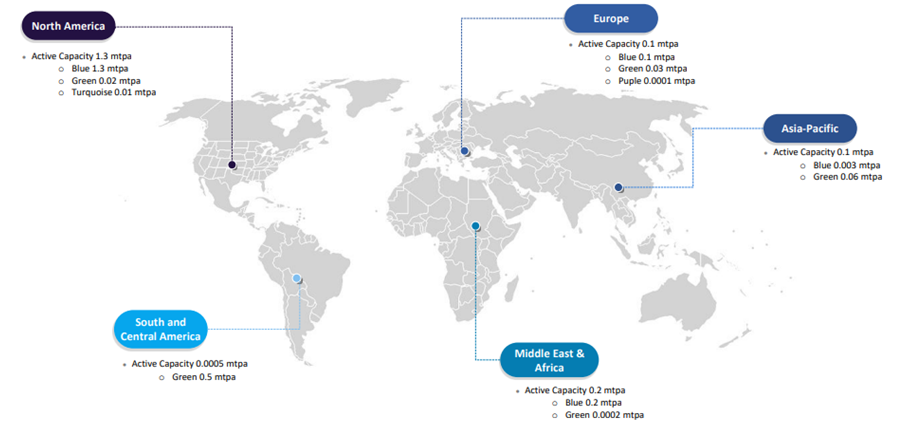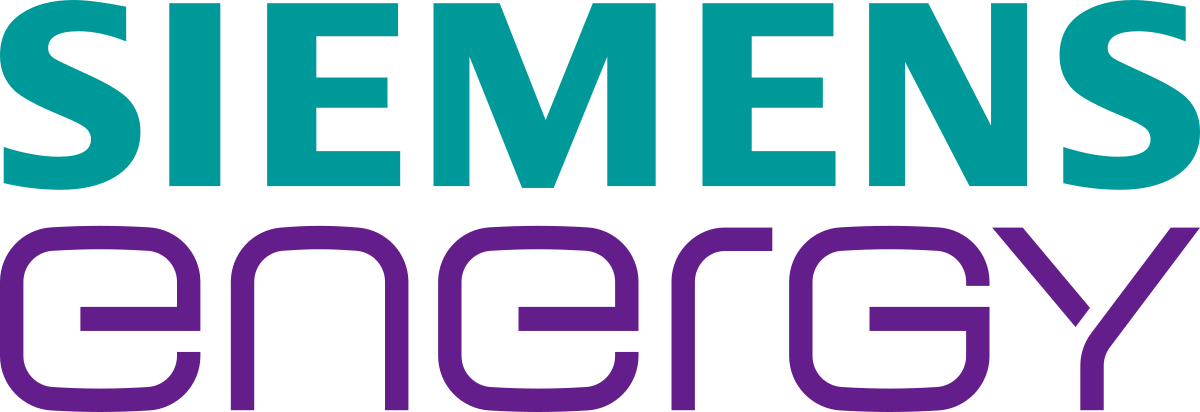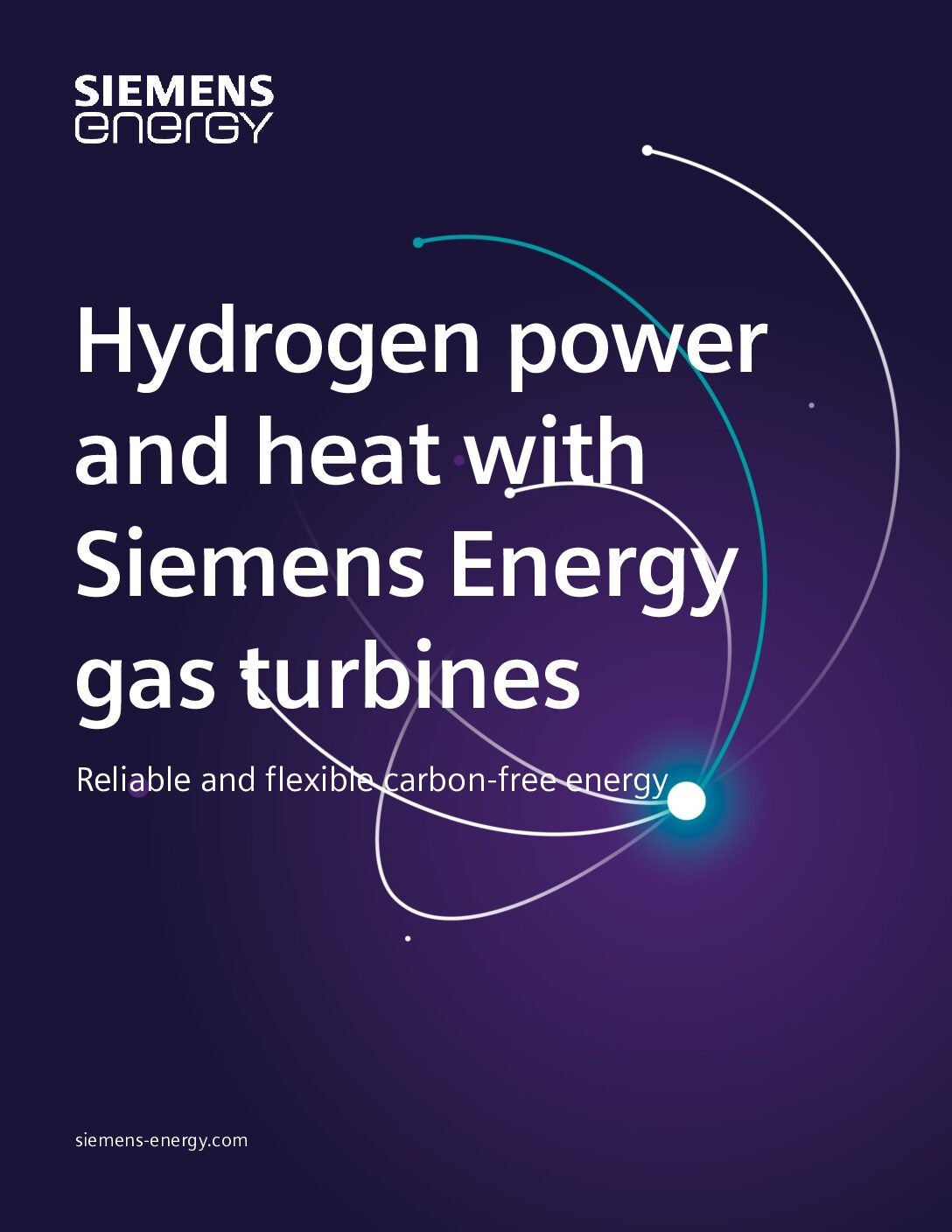
The imperative to accelerate the green transition has never been more urgent. The energy sector, responsible for roughly 41% of global greenhouse emissions, faces a daunting task. The Intergovernmental Panel on Climate Change (IPCC) laid down the gauntlet in 2018, tightening previous targets to demand global temperature rises are restricted to 1-1.5°C by the end of the century. Doing so necessitates slashing annual emissions to 25–30 gigatons of CO2 as early as 2030. In 2019, however, emissions worldwide were hovering around 33 gigatons.
The renewable energy boom, primarily driven by wind and solar power, grapples with intermittency issues due to changeable weather. This imbalance between energy supply and demand necessitates a diversified approach. Demand-side management, energy storage and backup flexible and dispatchable power running on a carbon-neutral fuel will all be vital.
The world is warming up – and hydrogen’s role in doing something about it is becoming increasingly important. “Hydrogen combustion in gas turbines produces no CO2 and can provide decarbonised power during residual load events when there is not enough renewable energy in the grid,” explains Erik Zindel, Vice President of Hydrogen and Decarbonisation Strategy at Siemens Energy. “At the same time, green hydrogen power plants provide long-term and large-scale seasonal storage of renewable energy, thereby supporting full decarbonisation of the power system.” Blending natural gas and green hydrogen, while steadily upping the proportion of the latter, could ultimately lead to a 100% hydrogen-powered future.

But the global picture is uneven. Statistics from the International Energy Agency (IEA) suggest a mere 5% of announced hydrogen projects globally have secured solid investments. Uncertainties about future demand, regulatory haziness and infrastructural inadequacies are impeding progress.
But hydrogen’s significance extends beyond its green potential. Curious plant owners should consider that, despite the short-term costs, there are myriad long-term benefits on offer. And expert innovation means integrating hydrogen, on a small or large scale, is now easier and more cost-efficient than ever.
Fuelling the future
The benefits stemming from adding hydrogen to a fuel mix will vary depending on how plants go about it and the proportions they use. But, of the bonuses that follow, a few key ones stand out.
One of hydrogen’s most compelling applications lies within Combined Heat and Power (CHP) plants. Here, exhaust heat from hydrogen combustion is repurposed to bolster the energy efficiency of the re-electrification process. This enables plants to supply heat for industrial and residential needs, especially when other renewable power to run heat pumps is scarce. Zindel points out that hydrogen plants are also well placed to provide “much-required grid ancillary services, such as reactive power control, voltage control, and provision of inertia and short circuit power.” He adds that, by incorporating a synchronous condenser option into CHP designs, these services can stay up and running “even when gas turbines are not in operation, hence year-round.”
The transition to hydrogen also has a pivotal role to play in integrating renewables into the energy mix. According to the 2023 edition of GlobalData’s Low Carbon hydrogen market report, wind power, involved in only 0.4% of low carbon hydrogen generation in 2022, is poised to become a major source, with a projected share of 61.2% by 2030. The report notes that projects like Canada’s Spirit of Scotia Hydrogen Complex and the Dutch NortH2 Hydrogen Project are pioneering the use of wind power for hydrogen production. As the transition gathers pace, hydrogen’s early adopters will find themselves at the centre of a thriving market based on the storage and efficient distribution of ever-cleaner power.
Taken together, the all-round benefits of integrating hydrogen can be summarised in one word which plant owners can’t afford to ignore: futureproofing. As rules around carbon emissions tighten, hydrogen can safeguard against the winding down, or even outright closing, of existing gas plants. “Substituting hydrogen for natural gas over time means that investments in gas power plants today will remain relevant and compliant with stringent future regulations on carbon emissions,” says Zindel. “By gradually replacing natural gas with hydrogen, power plants can ensure their long-term viability and resilience in the face of increasingly stringent carbon emission regulations.”
Harnessing hydrogen: what you know, who you know
Introducing hydrogen in gas plants isn’t something that can be done overnight. As Zindel observes, there are specific, technically challenging hurdles to overcome. “Managing the higher reactivity of hydrogen poses specific challenges for the combustion process especially in Dry Low Emissions – or DLE – systems.” But he also says new innovations and solutions are constantly emerging. “These challenges are being addressed through research, development, and technological advancements, such as the work being done by Siemens Energy to extend the hydrogen capability of its DLE systems.”
Siemens Energy has put millions of operating hours into pioneering new approaches to power plants’ hydrogen capabilities. DLE and Wet Low Emissions (WLE) are two examples of the combustion technologies it has helped to refine. Now, Siemens Energy’s heavy-duty turbines like the SGT5/6-2000E and SGT5/6-4000F, can handle fuel mixes comprised of up to 30% hydrogen. The advanced SGT5/6-9000HL engines go a step further, capable of operating with 50% hydrogen. Latest by 2030, the aim is to enable these turbines to run entirely on hydrogen.
Work is continuing apace to expedite the age of hydrogen. The HYFLEXPOWER project at a Smurfit Kappa’s site in France, part of an EU-funded initiative, is one major recent example. Bringing together Siemens Energy, ENGIE, Centrax, Arttic, the German Aerospace Center (DLR) and academic institutions from across the continent, the project has scored some headline successes. Notably, it was able to demonstrate the feasibility of using pure hydrogen – or pure natural gas, or any mixture in between – to power a commercial 13MW SGT-400 gas turbine via DLE technology. “Now the goal is to extend the operation to industrial heat production and additional operational modes,” says Zindel. “Also, we are exploring different ways of scaling up and commercialising decarbonised electricity generation.”
And the successes seen at HYFLEXPOWER may be more replicable than you think. Zindel is clear that, with careful planning and adaptation, any plant can begin deploying hydrogen in their gas turbines. He advises they should “begin with a comprehensive assessment of current operations and capabilities to plan for necessary infrastructure and equipment upgrades to handle hydrogen fuel safely and efficiently. Ensure that there is a well-funded test case or a suitable business case for a switch to hydrogen.”
At all times, working with an expert partner like Siemens Energy can help. Their collaborative approach to overcoming power generation challenges is already helping to transform how plants operate around the world. Siemens Energy can provide all the aid and advice plants need to accelerate their transition journey, whatever their size or current capability level. Download the whitepaper on this page to learn more.



